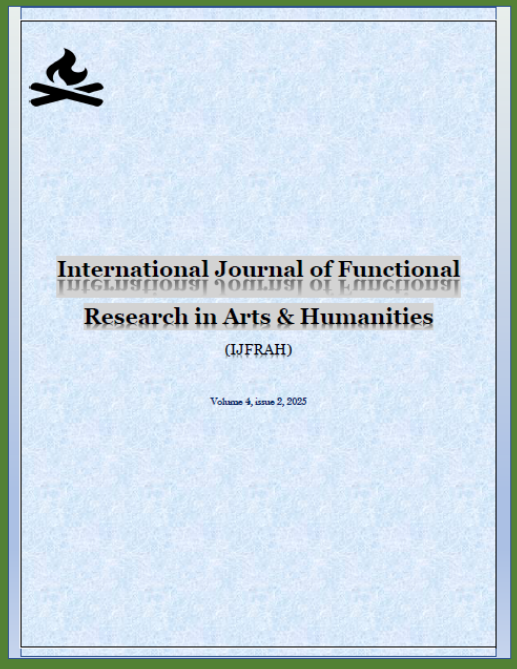ASSESSING BIM PROFICIENCY LEVELS AMONG ARCHITECTURAL PROFESSIONALS IN CROSS RIVER STATE, NIGERIA
Keywords:
Building Information Modelling, BIM proficiency, architectural professionals, industry, training, barriers.Abstract
Building Information Modelling (BIM) is transforming the global architecture, engineering, and construction (AEC) industry, yet its adoption in developing contexts like Nigeria remains nascent. This study assesses the proficiency levels of architectural professionals in Cross River State, Nigeria, exploring their awareness, skills, and barriers to effective BIM implementation. Using a quantitative survey approach, primary data were collected from 120 registered architects via structured questionnaires. Findings reveal moderate awareness (65%) but low proficiency in advanced BIM dimensions (4D–7D), with only 12% demonstrating practical expertise. Key barriers include inadequate training (RII=0.89), high software costs (RII=0.87), and limited IT infrastructure (RII=0.85). Demographically, 68% of participants were male, 72% aged 26–40, and 55% had 5–10 years of experience. The study highlights a significant gap between basic CAD proficiency and advanced BIM capabilities, underscoring the need for targeted training and policy support. Recommendations include integrating BIM into university curricula, establishing subsidized training centers, and enforcing BIM standards by professional bodies. This research provides a foundation for enhancing BIM adoption in Nigeria’s AEC sector, contributing to sustainable construction practices.



